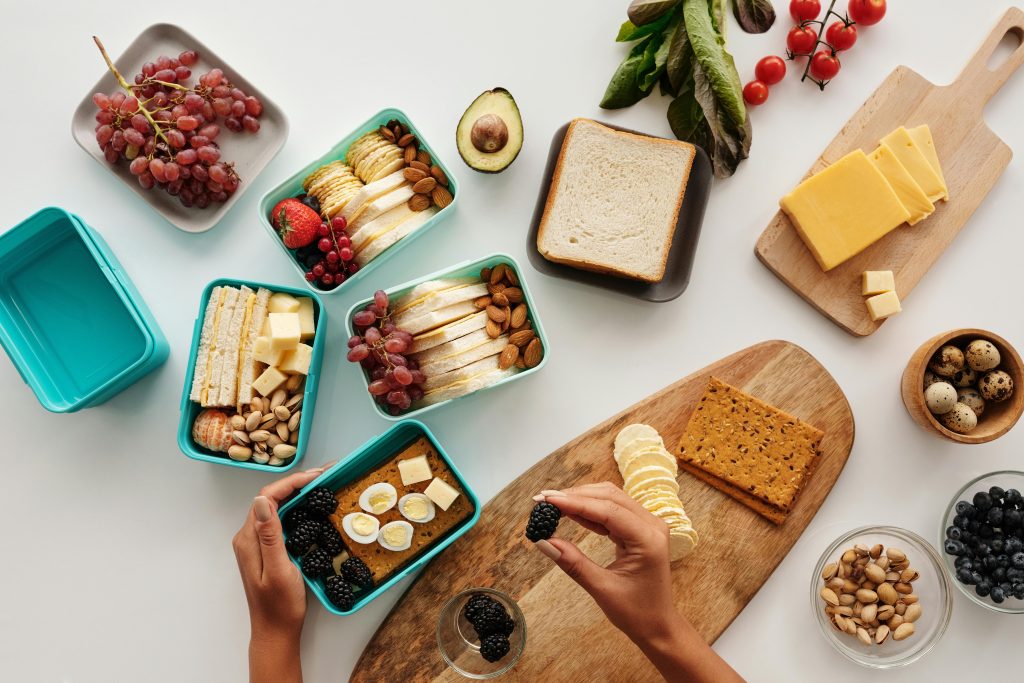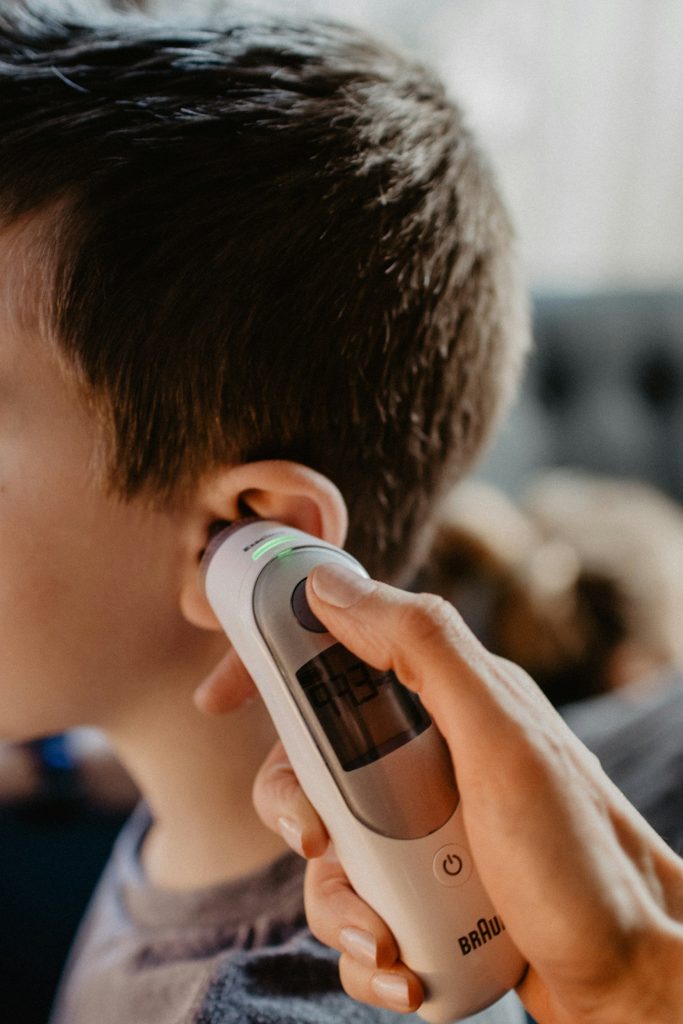Written By Written by Eliy Lirange and reviewed for accuracy by Soleina Karamali, RD
As a feeding therapist and mom to a “picky eater”, I have deep empathy for families who also struggle with picky eaters. It can be really frustrating to see your child, who perhaps once loved all foods, enter the toddler phase and start to refuse all their previously accepted foods. Mealtimes can become stressful and the joy of feeding can disappear.
One thing I’ve learned when working with families is that it is much easier to set a foundation for preventing picky eating in infancy, rather than try to correct the behaviours afterwards. This is not to say that if you currently have a “picky eater” it’s too late to support them, but more to say that creating change in toddlers takes time and patience.
Why does “picky eating” start?
Infants are typically introduced to solids between 4-6 months and slowly transition to a mostly solid diet by 12 months. After 24 months and into their preschool years, children are developing a sense of autonomy (1). A child’s choice of what, when, and how much to eat is one of the first decisions that children get to make for themselves. They feel powerful when they are able to make decisions about their eating.
During this time of autonomy discovery, children may refuse some foods just to exert self-regulation that they do not have in other areas of life. This can be a really frustrating time for parents as a child may exert their food defiance during mealtimes. However, it is important that parents respect their child’s discovery of their independence.
Mealtimes are not only about eating and nutrition – they can also create new experiences and strengthen relationships. It is important to keep the eating environment positive to create a loving and trusting relationship with the dinner table and with those around it.
What can I do to prevent picky eating?
The good news is that there are several things you can do to prevent or manage picky eating! Over the next few weeks we will be exploring some key ideas on how to prevent picky eating. Stay tuned for next week’s topic: The Power of Food Play.



